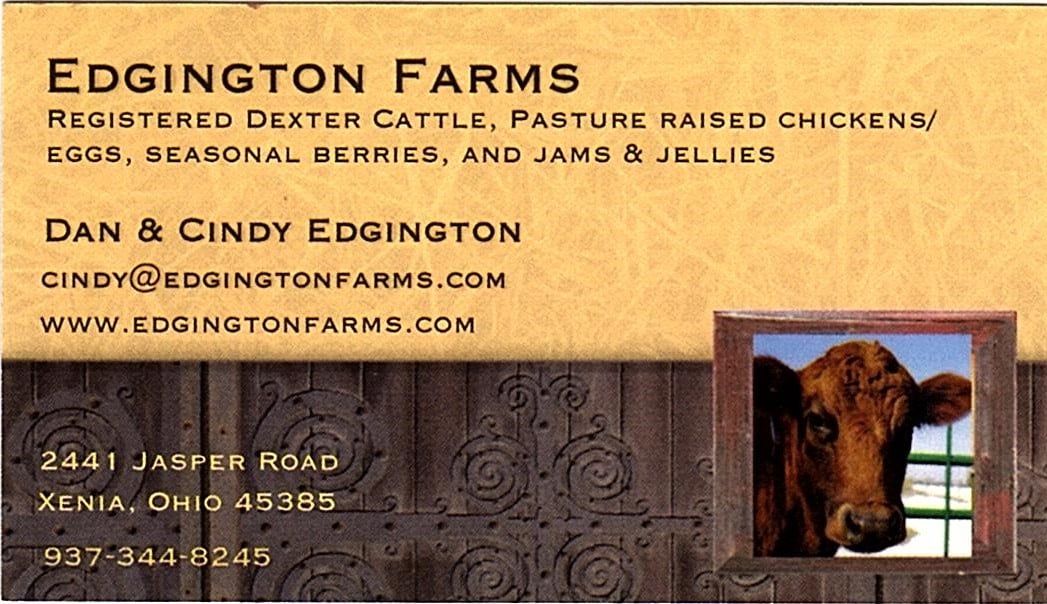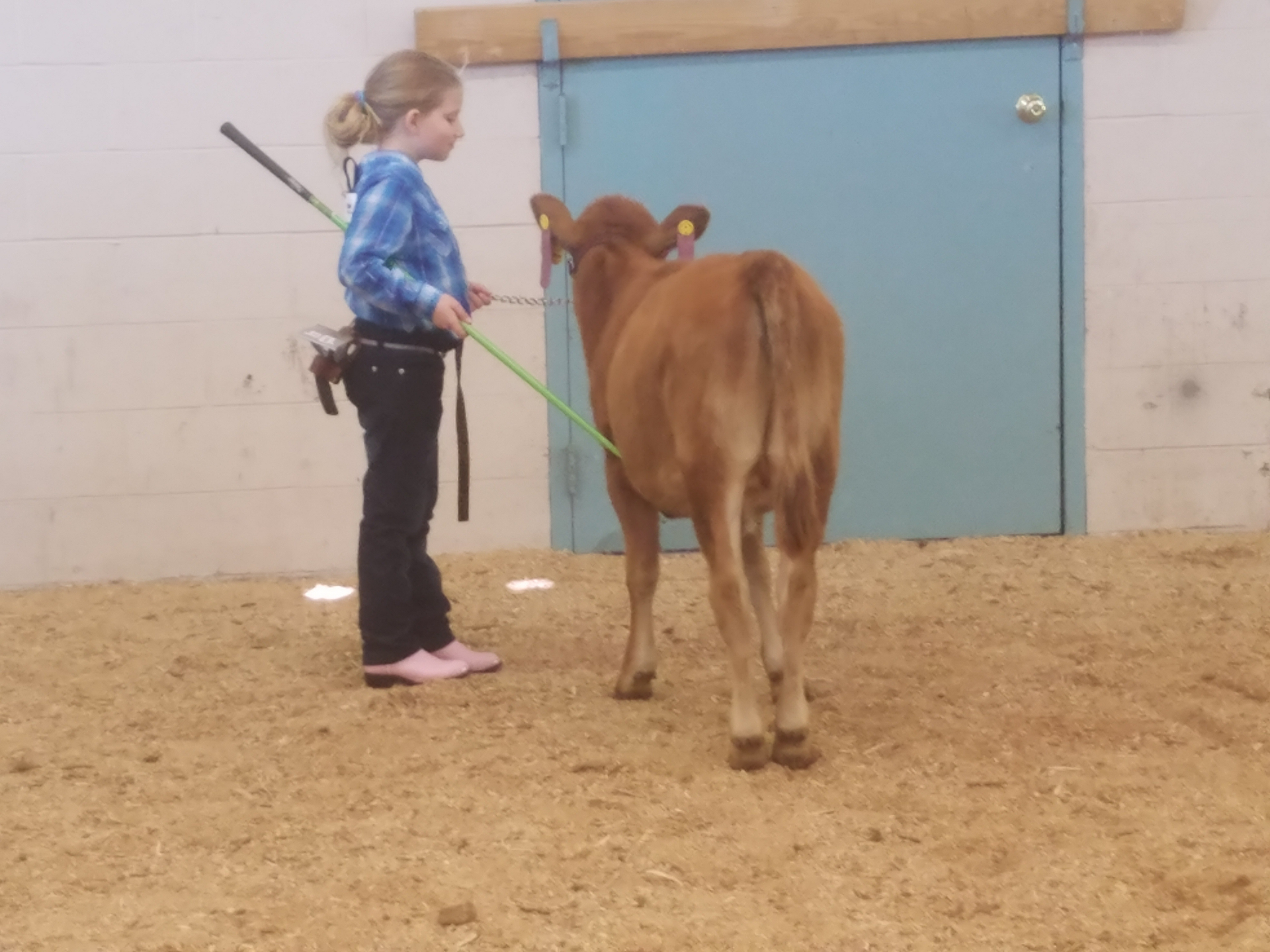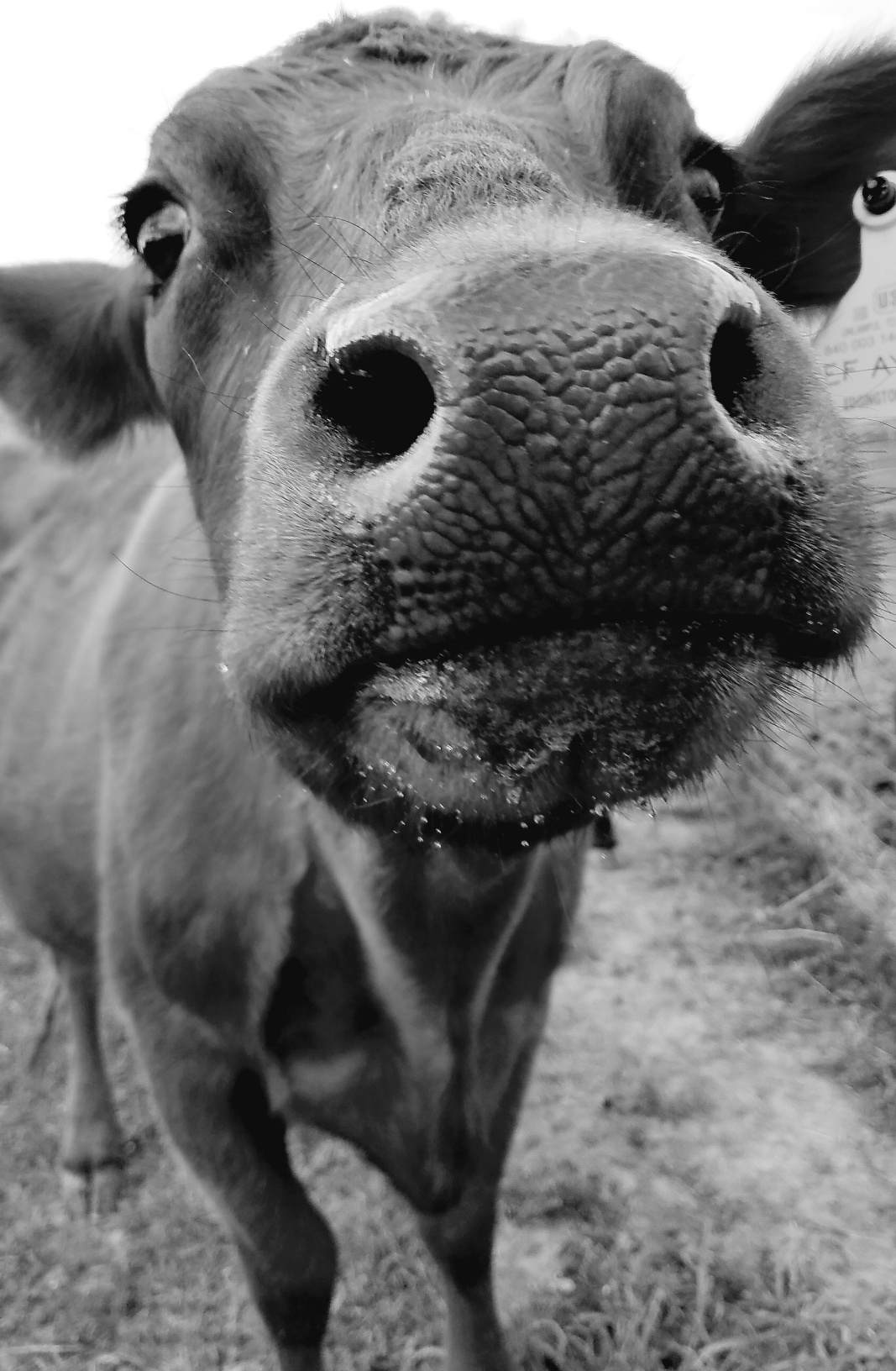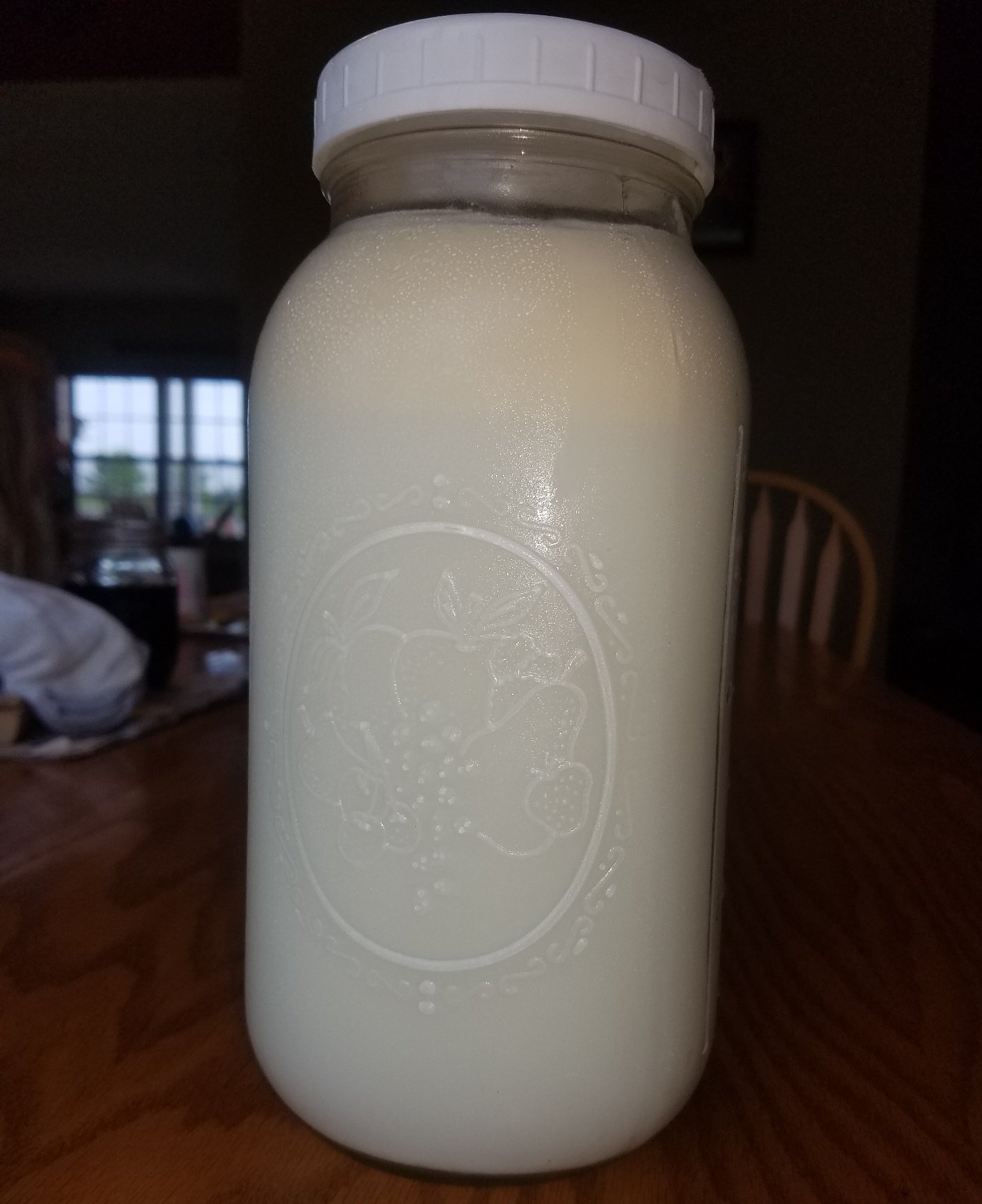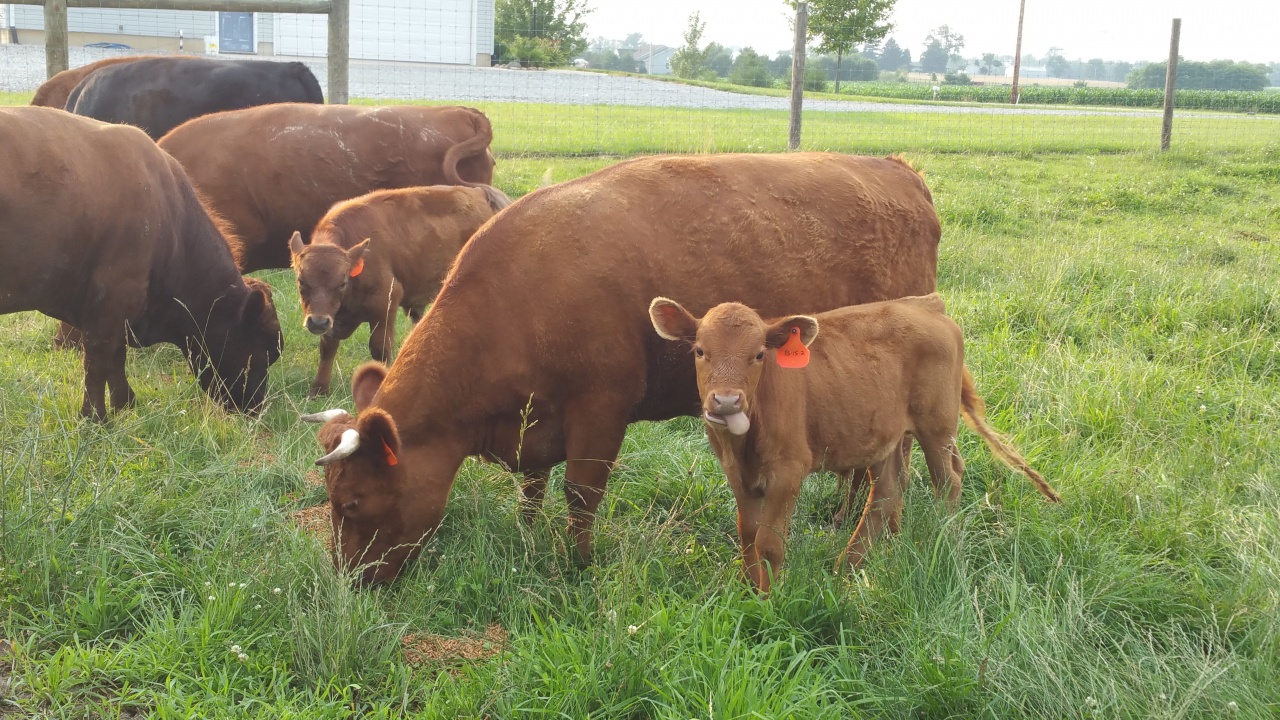
Most Dexter steers are considered mature and ready for processing between 18 and 30 months of age although much older beef has been shown to have delicious flavor as well. We typically have our beef processed between 18 and 24 months. Beef production for a two-year-old steer can typically put 200-300 pounds of exceptionally flavored, well-marbled beef into the freezer. Dexter oxen, with their natural trainability and docile temperament, can be long-lived, hardy work animals for farm chores or for exhibition purposes. We have ventured into showing cattle and it is lots of fun. The Ohio Valley Dexter Breeders Association (OVDBA) 2026 Show is in May.
Dexters come in three solid colors: black, red and dun. They are either horned or polled (hornless), with some people preferring to dehorn them. We do not typically dehorn our cattle. We carry both horned and polled, as well as all three colors of cattle. Some variation in the height occurs between carriers of chondrodysplasia (dwarfism) and non-carriers. Typical range in height for cows of either type is 34-46 inches with most being 36-42 inches. Bulls of either type are normally in the range of 36-50 inches tall, with most being 38-44 inches.
Dexters are hardy, sturdy cattle that are sure-footed on almost any terrain. They thrive on quality pasture or hay, but are also efficient foragers and aggressive browsers, helping to clear brush and weedy areas when given access to them. Because of their small size and thriftiness, they require less pasture space than large breed cattle and are easier on the land and fences. With so many benefits, Dexters make good sense for the small family farm as well as large ranching operations. We love our Dexters!
Dexter cattle’s smaller size and gentle disposition makes them the ideal breed for small farms, family cows and 4-H shows. This heritage breed consumes less hay and feed while producing higher-quality meat and milk. This natural environment and free exercise without confinement to pens and feed lots promotes better breeding, longer life spans, a winning physical composition and leaner, better-tasting meat and milk.
